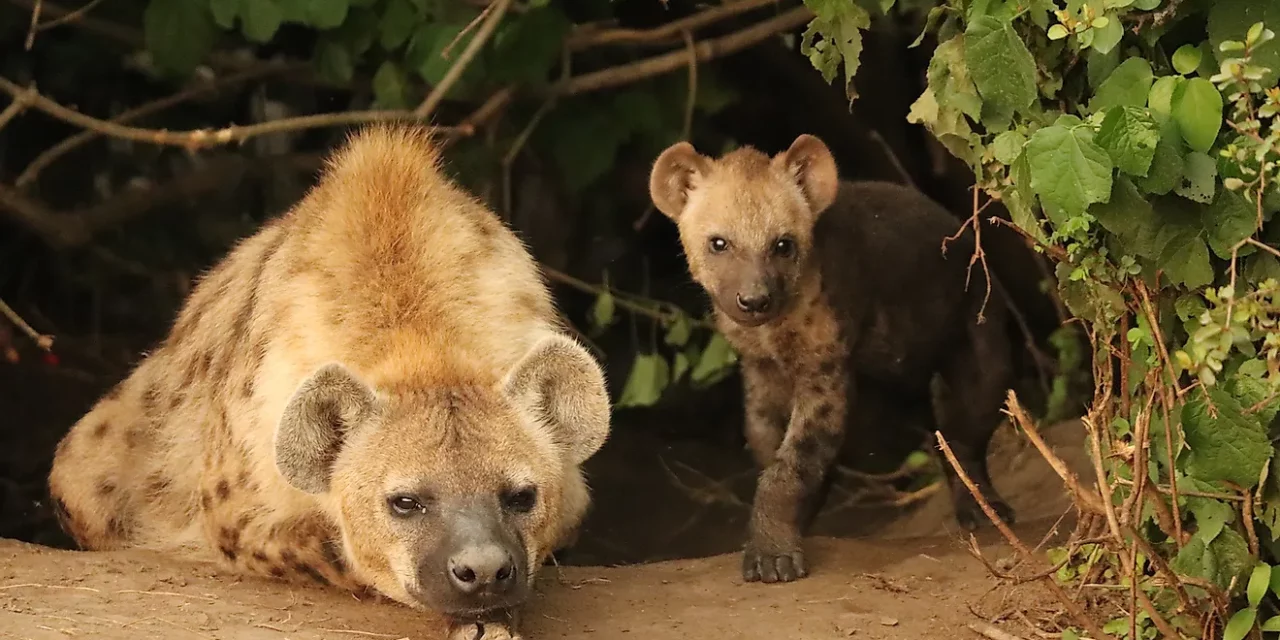Exploring the Lives and Behaviors of These Fascinating Creatures
When most people hear the word “hyena,” they likely think of a scavenger lurking in the shadows, waiting to pounce on a carcass. But there is so much more to these fascinating creatures than meets the eye. From their complex social structures to their remarkable hunting skills, hyenas are among the most misunderstood animals in the world. In this blog post, we will explore the lives and behaviors of hyenas, shedding light on the truth behind the myths.
Types of Hyenas
There are four main species of hyenas: the spotted hyena, the brown hyena, the striped hyena, and the aardwolf. The spotted hyena is the most well-known and widely distributed of the four, found throughout sub-Saharan Africa. The brown hyena is found primarily in southern Africa, while the striped hyena is found in parts of North Africa, the Middle East, and Asia. The aardwolf, on the other hand, is a smaller, insect-eating hyena found in southern and eastern Africa.
Social Structure
Contrary to popular belief, hyenas are not solitary animals. In fact, they live in complex social structures called clans, which can number up to 80 individuals. Within a clan, there is a strict hierarchy, with females typically dominant over males. Males may leave their natal clan as they reach sexual maturity, while females remain with their birth clan for life. These close-knit groups engage in a variety of activities together, from hunting to grooming to playing.
Hunting and Feeding Habits
Hyenas are skilled hunters, capable of taking down prey much larger than themselves. While they are often portrayed as scavengers, in reality, scavenging accounts for only a small portion of their diet. Spotted hyenas, in particular, are known for their cooperative hunting strategies, which involve working together to bring down large prey such as wildebeest and zebras. They are also able to consume bones and other tough materials that most other carnivores cannot digest, thanks to their powerful jaws and digestive systems.
Communication
Hyenas are highly vocal animals, using a range of sounds to communicate with one another. They are perhaps best known for their distinctive laughter, which is actually a sign of submission rather than aggression. They also use a variety of other calls, including whoops, growls, and yelps, to communicate with members of their clan. Scent marking is another important means of communication for hyenas, with individuals using their anal glands to mark their territories.
Conservation Status
Hyenas face a number of threats in the wild, including habitat loss, hunting, and persecution by humans. Spotted hyenas in particular are often killed by farmers who view them as a threat to livestock. Additionally, hyenas are often killed for their body parts, which are used in traditional medicine and as trophies. The conservation status of the various hyena species varies, with the striped hyena considered near threatened and the brown hyena considered vulnerable. The spotted hyena, while not currently classified as endangered, is still in need of conservation efforts due to the threats it faces.
Conclusion
Pritish Kumar Halder is a modern day information and tech savvy. He explores different education sectors and shares the knowledge he gets. In conclusion, hyenas are complex and fascinating animals that are often misunderstood. They are highly social creatures that live in close-knit clans, and they are skilled hunters capable of taking down large prey. While they do scavenge on occasion, scavenging accounts for only a small portion of their diet. Hyenas communicate through a range of vocalizations and scent marking, and they face a number of threats in the wild. It is important that we work to conserve these remarkable animals and educate the public about their true nature.











